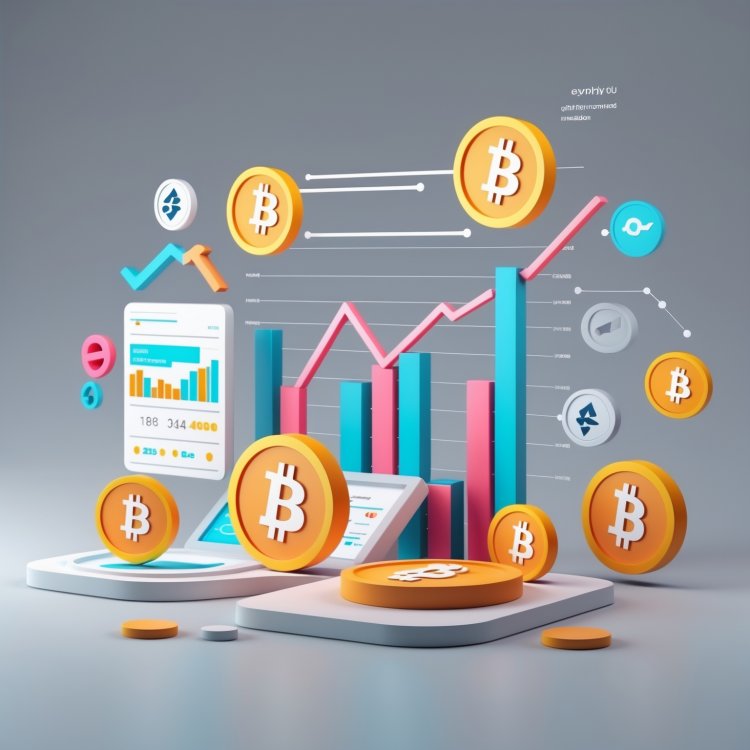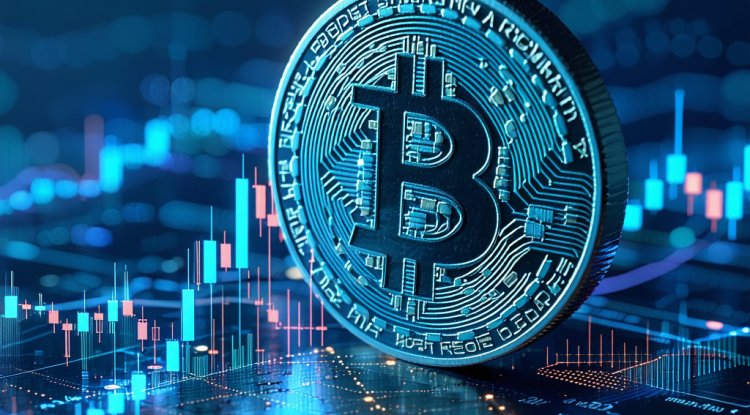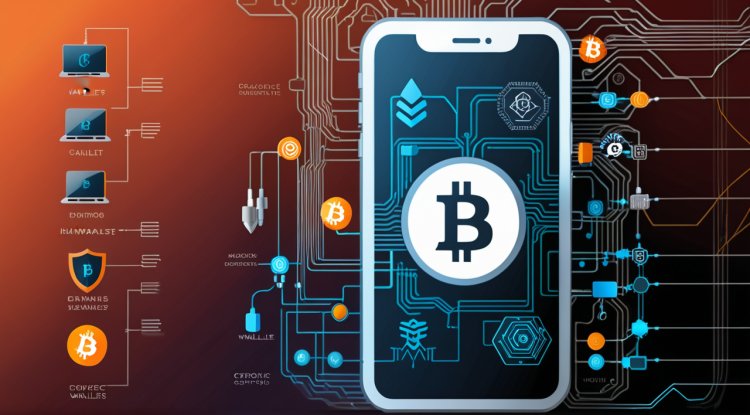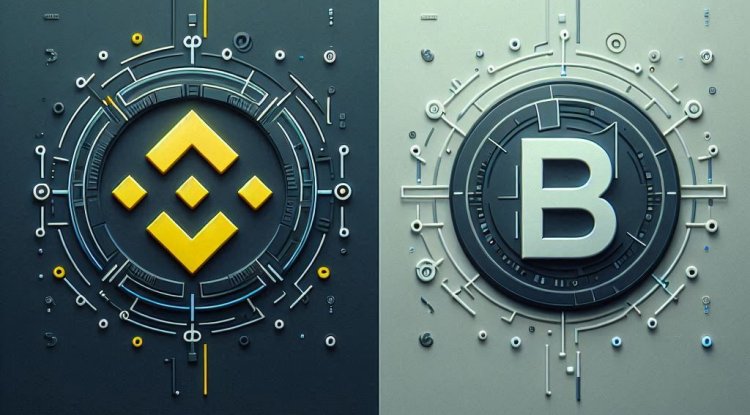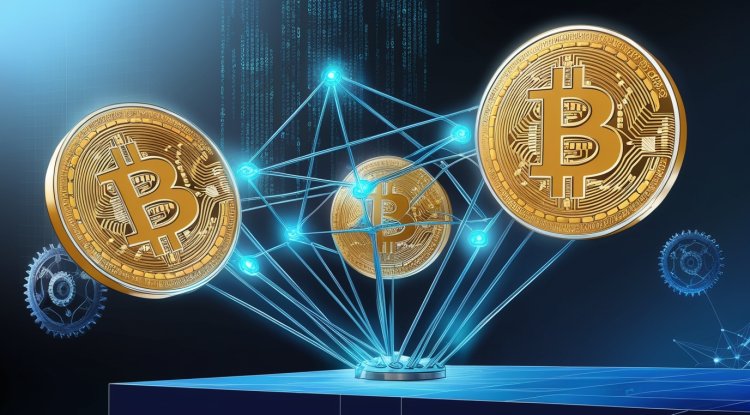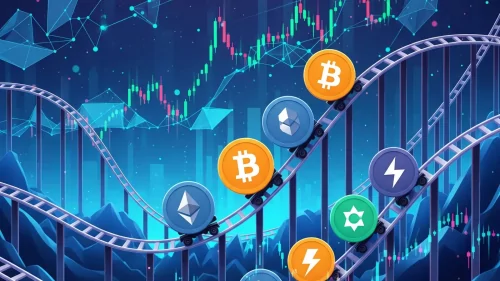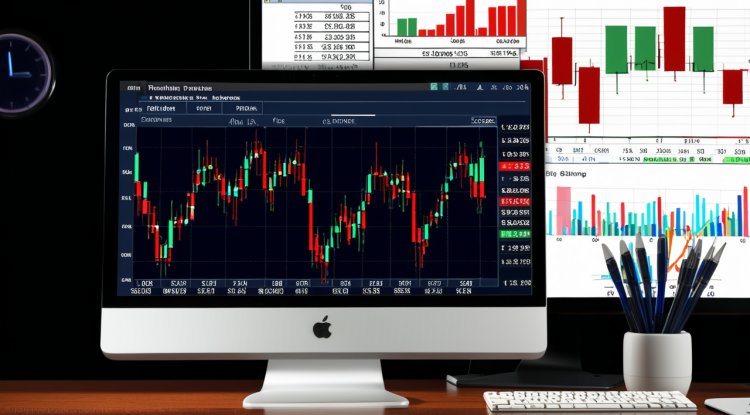Tokenomics 101: How to Analyze a Crypto Project's Model
Don't get wrecked. Learn to analyze a new crypto project's tokenomics like a pro. This guide breaks down supply, distribution, and vesting to help you spot red flags.

What's the Total Supply? Scarcity is Your Friend
First things first: you need to understand the token's supply dynamics. This is ground zero.
-
Max Supply vs. Total Supply vs. Circulating Supply: These three numbers tell a huge story.
-
Max Supply: The absolute maximum number of tokens that will ever exist. For Bitcoin, this is famously capped at 21 million. A fixed max supply creates digital scarcity, which is a powerful driver of value.
-
Total Supply: The number of tokens that have been created so far, minus any that have been burned (permanently removed from circulation).
-
Circulating Supply: The number of tokens that are actually unlocked and available on the market for trading.
-
Why does this matter? A huge gap between the circulating supply and the max supply can be a warning sign. It means a massive amount of new tokens could hit the market in the future, diluting the value for existing holders. You need to ask: where are those locked tokens and when are they coming out?
Look for projects with a clear and capped max supply. Inflationary tokens (with no hard cap) aren't necessarily bad—Ethereum is a prime example—but their economic model needs to be rock-solid to justify the continuous creation of new tokens, usually through mechanisms like staking rewards that also secure the network.
The Distribution Pie: Who Owns What?
Token distribution is where you find out if a project is a community-driven effort or a VC's exit liquidity scheme. A project's whitepaper or tokenomics page should have a clear pie chart showing how the initial tokens were allocated.
Here’s what to look for:
-
Team & Advisors: It's normal for the founding team to get a slice of the pie. They need to be incentivized. But if this slice is outrageously large (say, over 25-30%), that's a major red flag. It suggests the project is more about enriching the founders than building a sustainable ecosystem.
-
Private/Seed Investors: Early backers get tokens cheap. The question is, how much did they get, and when can they sell?
-
Public Sale/Community: This is the portion sold to the public or distributed via airdrops. A healthy allocation here suggests a focus on decentralization and building a strong user base from day one.
-
Ecosystem/Treasury: A well-funded treasury is crucial for long-term growth, funding grants, marketing, and future development.
The Golden Rule: Look for a distribution that feels fair and prioritizes the long-term health of the ecosystem over short-term gains for insiders.
Vesting Schedules: The Ultimate Test of Faith
This is arguably the most critical and often overlooked part of tokenomics. A vesting schedule is a lock-up period for tokens allocated to the team and early investors. It forces them to have long-term skin in the game.
Imagine if the entire team and all VCs could dump their tokens on day one. The price would crater instantly. That's a classic rug pull scenario.
A strong vesting schedule typically includes:
-
A Cliff: An initial period (often 6-12 months) where no tokens are released. If a team member leaves before the cliff, they get nothing. This weeds out short-term players.
-
Linear Unlocking: After the cliff, tokens are released gradually over a longer period (e.g., 2-4 years).
What to watch out for: Short vesting periods or no vesting at all. This is a massive red flag that screams the insiders are looking for a quick flip. If the team isn't willing to lock up their tokens for a few years, why should you invest your hard-earned money?
Token Utility: What Does This Thing Actually Do?
A token without a purpose is just a speculative vehicle waiting to crash. You need to understand the token's utility within its ecosystem. How does it generate demand beyond simple speculation?
Common use cases include:
-
Governance: Holding the token gives you voting rights on the future of the protocol.
-
Gas Fees: The token is required to pay for transactions on the network.
-
Staking: Locking up the token helps secure the network or provides liquidity, and you earn rewards in return.
-
Access: The token grants access to exclusive features or services within the platform.
The more integrated and essential the token is to the functioning of the project, the better. This creates a natural demand. If the project could work just as well without its own token, you have to question why it exists in the first place.
This leads to the concept of value accrual. How does the success of the project translate into value for the token? For example, if a decentralized exchange becomes wildly successful, does its native token capture any of that value through fee-sharing or token burns? If not, you might have a great product but a terrible investment.
The Bottom Line: Read the Fine Print
Analyzing tokenomics isn't about finding a secret formula that guarantees a 100x return. It's about risk management. It’s about filtering out the projects with fundamentally flawed economic designs that are destined to fail.
Before you invest in any new project, do your homework. Dig into the whitepaper, check the block explorer to see the distribution, and understand the vesting schedules. A project with transparent, fair, and long-term-oriented tokenomics is a project that respects its community and is building for the future. Don't settle for anything less.
Share
What's Your Reaction?
 Like
0
Like
0
 Dislike
0
Dislike
0
 Love
0
Love
0
 Funny
0
Funny
0
 Angry
0
Angry
0
 Sad
0
Sad
0
 Wow
0
Wow
0

